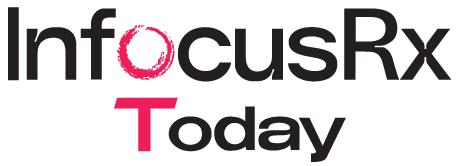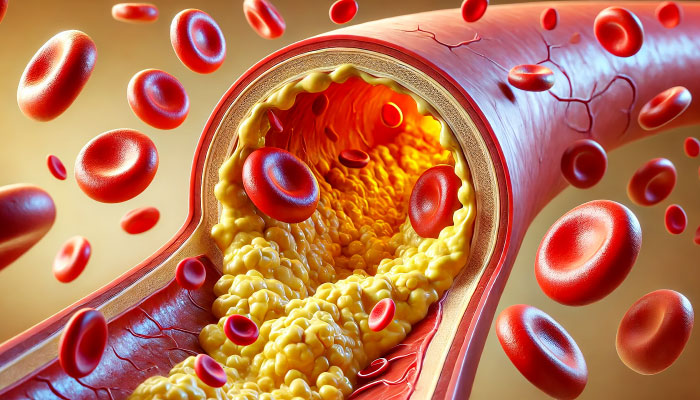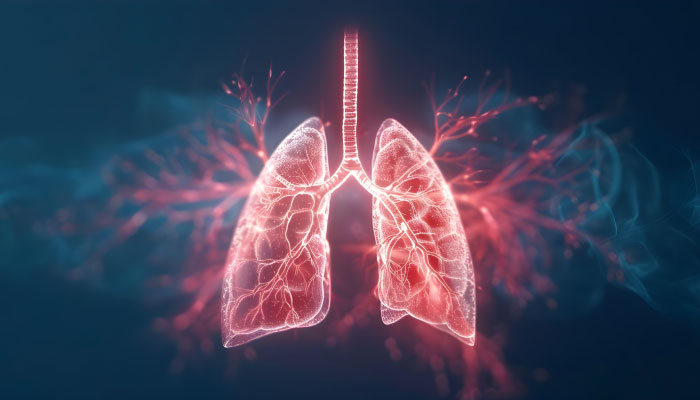A healthy lifestyle, including diet, is fundamental for managing cholesterol throughout life. Lifestyle changes can reduce coronary heart disease risk by up to 50%, even in those genetically predisposed. Essential strategies include maintaining normal weight, managing blood sugar, reducing simple sugars and refined carbs, and increasing physical activity.

Lower LDL cholesterol levels are associated with reduced risk of atherosclerotic cardiovascular disease, but LDL alone isn’t a complete risk measure. About 40% of individuals with coronary heart disease have LDL levels below 200 mg/dL, and many with moderate LDL elevations do not experience cardiovascular events. The 2013 ACC–AHA guidelines shifted focus from specific LDL targets to treating high-risk patients with high-intensity statins. The 2018 guidelines reintroduced LDL percentage reduction targets and thresholds for adding non-statin therapies in high-risk patients. The 2018 and 2019 ACC AHA guidelines advocate for personalized treatment decisions based on risk factors, LDL cholesterol levels, and coronary artery calcium scores, integrated with patient discussions to optimize lipid management for primary prevention of cardiovascular disease.
Goal of lipid lowering agents is LDL percentage reduction and target LDL number for the individual patient
Selected Mechanisms of Targeted Lipid Therapies
Molecular Target
- DNA
- mRNA
- Protein
Approach Examples
- Gene and base editing (e.g. CRISPR)
- Antisense oligonucleotide Small interfering RNA
- Antibodies Small molecules
Application Examples
- PCSK9 etc.
- Lp(a)apoCIII
- HMG Co-A reductase NPC1L1 ATP citrate lyase
Statins
Statins are the cornerstone of lipid-lowering therapy, particularly for reducing low-density lipoprotein (LDL) cholesterol levels. They act as competitive inhibitors of 3-hydroxy-3-methylglutaryl coenzyme A (HMG-CoA) reductase, the enzyme responsible for the rate-limiting step in cholesterol synthesis. By inhibiting this enzyme, statins enhance the expression of hepatic LDL receptors, leading to increased clearance of LDL cholesterol from the bloodstream. Clinical evidence strongly supports the efficacy of statins in reducing cardiovascular events and all-cause mortality. Meta-analyses have demonstrated that for every 1.0 mmol/L (39 mg/dL) reduction in LDL cholesterol, statins reduce the risk of cardiovascular events by 22% and all-cause mortality by 10%. More intensive statin regimens offer an additional 15% reduction in major adverse cardiovascular events compared to less intensive regimens. This benefit is observed in both primary and secondary prevention populations.
The safety profile of statins is favorable for most patients, with serious adverse effects like rhabdomyolysis occurring in less than 0.1% of users and serious liver injury in approximately 0.001% of cases. While there is a slight increase in diabetes mellitus risk (about 0.2% per year), the overall benefits of statins generally outweigh these risks, even for patients with diabetes. The issue of statin-associated myalgia remains controversial, with lower rates observed in blinded randomized trials than in clinical practice, where a nocebo effect may contribute to the higher reported incidence. Statins are typically recommended for long-term use, with evidence suggesting that the benefits accrue over time.
Ezetimibe
Ezetimibe works by inhibiting the Niemann–Pick C1-like 1 cholesterol transfer protein, thereby reducing intestinal and biliary cholesterol absorption. This action increases hepatic LDL receptor expression and further lowers LDL cholesterol levels. The IMPROVE-IT trial demonstrated that adding ezetimibe to statin therapy in patients with acute coronary syndrome led to a 2% absolute risk reduction in recurrent cardiovascular events, corresponding to a 6% relative risk reduction. The trial also showed that ezetimibe was particularly useful in patients who could not achieve sufficient LDL cholesterol reduction with statins alone or who had statin intolerance.
PCSK9 Inhibitors
PCSK9 inhibitors are monoclonal antibodies that target the PCSK9 enzyme, preventing it from degrading hepatic LDL receptors. This results in a significant reduction in LDL cholesterol levels, typically around 60%. These agents are particularly beneficial for patients with familial hypercholesterolemia, those with adverse reactions to statins, or those who do not achieve adequate LDL cholesterol reduction with statins and ezetimibe. Despite their efficacy, the high cost of PCSK9 inhibitors and the complex preauthorization processes required for their use have limited their accessibility. Furthermore, while they have shown substantial benefits in reducing cardiovascular events, their impact on overall mortality remains uncertain, and long-term safety data beyond three years are still needed.
n-3 Fatty Acids
Long-chain n-3 polyunsaturated fatty acids, particularly eicosapentaenoic acid (EPA), reduce triglyceride levels and are used in the treatment of severe hypertriglyceridemia. In the REDUCE-IT trial published in NEJM, in patients with elevated triglyceride levels despite the use of statins, the risk of ischemic events, including cardiovascular death, was significantly lower among those who received 2g of icosapent ethyl twice daily than among those who received placebo.
New Lipid-Lowering Agents
Inclisiran: A small interfering RNA that targets PCSK9 mRNA, offering the potential for less frequent dosing compared to monoclonal antibodies. Early trials have shown promising LDL cholesterol reductions, and ongoing phase 3 trials are assessing its impact on cardiovascular outcomes.
Bempedoic Acid: An ATP citrate lyase inhibitor that reduces cholesterol synthesis and upregulates LDL receptors. Bempedoic acid may offer an advantage over statins by avoiding muscle-related side effects, as its active metabolite is not present in myocytes. It has shown efficacy in lowering LDL cholesterol in combination with statins, and a large cardiovascular outcomes trial is underway to further evaluate its benefits and safety.
AKCEA-APO(a)-LRx: An antisense oligonucleotide targeting lipoprotein(a), capable of reducing lipoprotein(a) levels by up to 90%. Phase 2 trials have shown it to be safe, with a phase 3 trial planned to assess its impact on cardiovascular outcomes.
ANGPTL3 Inhibitors:
These drugs target angiopoietin-like 3, a protein that inhibits lipoprotein lipase, leading to reductions in triglycerides and LDL cholesterol. Early-phase trials have shown promise, and further research is ongoingLipid-lowering therapies, particularly statins, remain a critical component of cardiovascular disease prevention. Emerging therapies like PCSK9 inhibitors, inclisiran, and empedoic acid offer additional options for patients who require further LDL cholesterol reduction or who are statin-intolerant. The continued evolution of lipid-lowering strategies holds promise for further reducing he burden of atherosclerotic cardiovascular disease, with ongoing research aimed at refining these approaches and improving patient outcomes.
| Lipid lowering agent | When to use |
|---|---|
| Statin | Cornerstone of lipid lowering therapy |
| Ezetimibe | Additional lipid lowering beyond statins |
| PCSK9 inhibitors | Familial Hypercholesterolemia Therapy goals not achieved with statins |
| Bempedoic acid | Statin related muscle side-effects |
| Inclisaran | Similar to PCSK9 inhibitors but with less frequent dosing |
| Icosa Pent Ethyl (IPE) | Hypertriglyceridemia management beyond statins |





